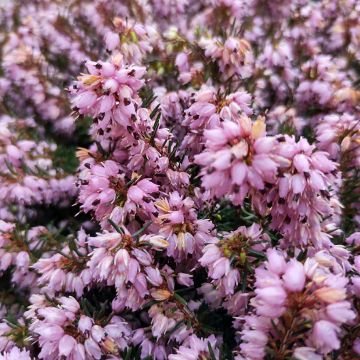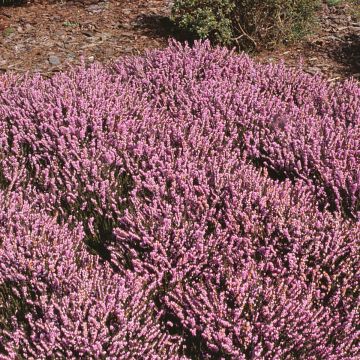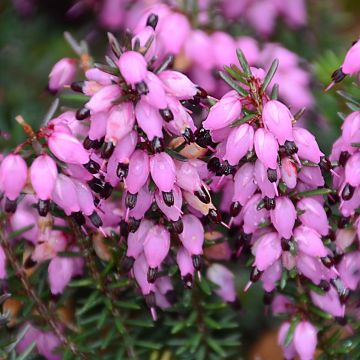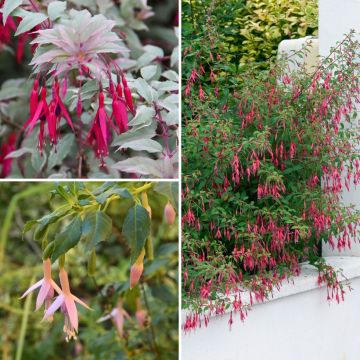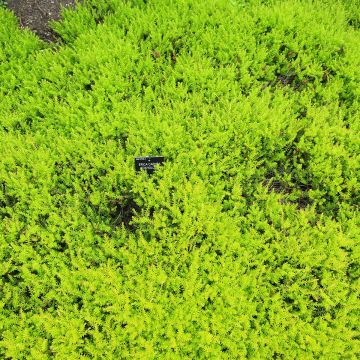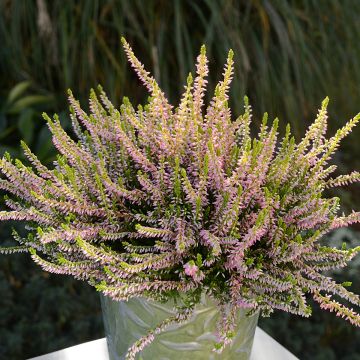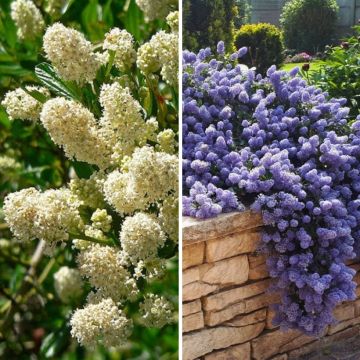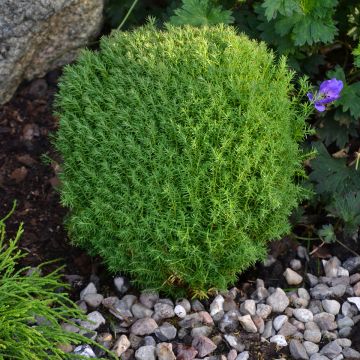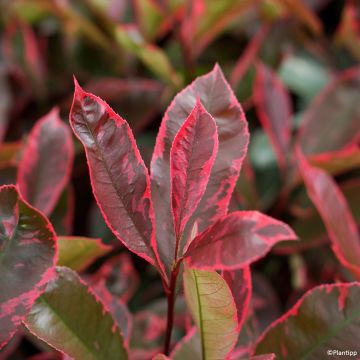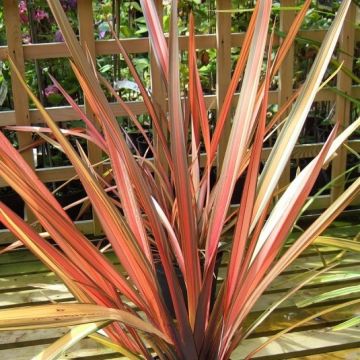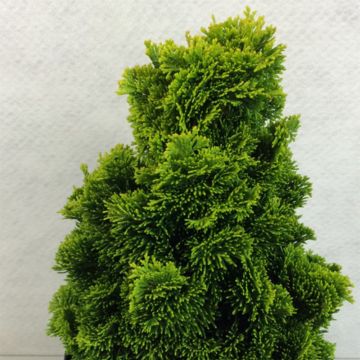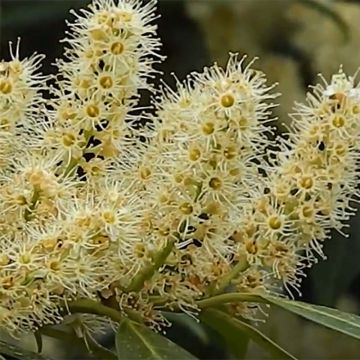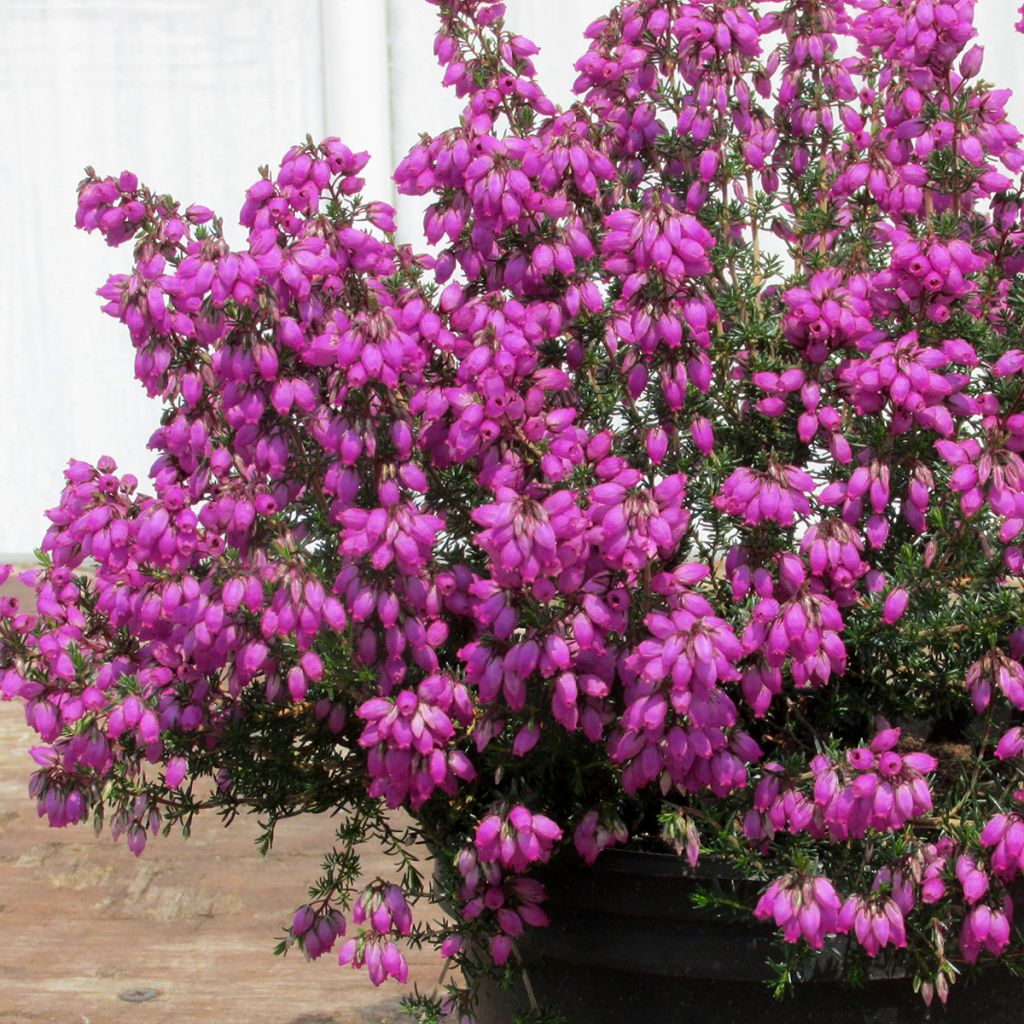

Erica cinerea Pallas - Bell Heather
Erica cinerea Pallas - Bell Heather
Erica cinerea Pallas
Bell Heather, Heather
Special offer!
Receive a €20 voucher for any order over €90 (excluding delivery costs, credit notes, and plastic-free options)!
1- Add your favorite plants to your cart.
2- Once you have reached €90, confirm your order (you can even choose the delivery date!).
3- As soon as your order is shipped, you will receive an email containing your voucher code, valid for 3 months (90 days).
Your voucher is unique and can only be used once, for any order with a minimum value of €20, excluding delivery costs.
Can be combined with other current offers, non-divisible and non-refundable.
Home or relay delivery (depending on size and destination)
Schedule delivery date,
and select date in basket
This plant carries a 24 months recovery warranty
More information
We guarantee the quality of our plants for a full growing cycle, and will replace at our expense any plant that fails to recover under normal climatic and planting conditions.
Would this plant suit my garden?
Set up your Plantfit profile →
Description
Erica cinerea ‘Pallas’ forms a compact and low, spreading shrub. Its thin stems are adorned with linear evergreen leaves, resembling small needles. They provide a choice setting for its violet bell-shaped, nectar-rich flowers that bloom all summer clustered at the ends of the stems. With its spreading habit, long flowering period and evergreen foliage, this undershrub is the ideal ground cover for acidic and well-drained soils.
Native to Western Europe, Erica cinerea belongs to the Ericaceae family. In its natural habitat, it grows in heathlands and siliceous woods. Heather is a low, spreading undershrub, with twisted branches covered in ash-coloured bark. They are adorned with fine green needles that are present all year round. The variety 'Pallas' stands out with its violet flowering. Its bell-shaped flowers are clustered at the ends of the branches and bloom from June to October. They are nectar-rich and attract pollinating insects.
The 'Pallas' heather will fit in all gardens, in a flower bed, a border or a rockery. You can even plant it in a planter or a large pot.
Plant it alongside other heathers with the same requirements: non-scorching sunlight and acidic, well-drained soil. Choose varieties with complementary flower colours or flowering periods. Erica carnea ‘Isabell’, which blooms white from December to March, is a great companion, or Erica x darleyensis ‘Kramer’s Rote’ with its bright pink flowers. To lighten the composition, consider adding grasses like Deschampsia flexuosa 'Tatra Gold' with its acidic green-yellow foliage or Anthoxanthum odoratum to add some texture.
The 'Pallas' heather can also be used to cover the base of taller acid-loving plants such as rhododendrons or deciduous azaleas.
Report an error about the product description
Plant habit
Flowering
Foliage
Botanical data
Erica
cinerea
Pallas
Ericaceae
Bell Heather, Heather
Cultivar or hybrid
Other Heather
View all →Planting and care
Heather is resistant to cold and easy to grow and thrives in (non-burning) sun or partial shade in acidic, moist, and well-drained soil. It prefers fairly fertile soils, although it can tolerate poor soils. It tolerates drought fairly well, but mulch its base during prolonged dry spells to maintain maximum soil moisture. In spring, apply a fertiliser for acid-loving plants (rhododendron, hydrangea...).
Prune lightly after flowering to maintain a dense habit and promote the next flowering.
Planting period
Intended location
Care
This item has not been reviewed yet - be the first to leave a review about it.
Similar products
Haven't found what you were looking for?
Hardiness is the lowest winter temperature a plant can endure without suffering serious damage or even dying. However, hardiness is affected by location (a sheltered area, such as a patio), protection (winter cover) and soil type (hardiness is improved by well-drained soil).

Photo Sharing Terms & Conditions
In order to encourage gardeners to interact and share their experiences, Promesse de fleurs offers various media enabling content to be uploaded onto its Site - in particular via the ‘Photo sharing’ module.
The User agrees to refrain from:
- Posting any content that is illegal, prejudicial, insulting, racist, inciteful to hatred, revisionist, contrary to public decency, that infringes on privacy or on the privacy rights of third parties, in particular the publicity rights of persons and goods, intellectual property rights, or the right to privacy.
- Submitting content on behalf of a third party;
- Impersonate the identity of a third party and/or publish any personal information about a third party;
In general, the User undertakes to refrain from any unethical behaviour.
All Content (in particular text, comments, files, images, photos, videos, creative works, etc.), which may be subject to property or intellectual property rights, image or other private rights, shall remain the property of the User, subject to the limited rights granted by the terms of the licence granted by Promesse de fleurs as stated below. Users are at liberty to publish or not to publish such Content on the Site, notably via the ‘Photo Sharing’ facility, and accept that this Content shall be made public and freely accessible, notably on the Internet.
Users further acknowledge, undertake to have ,and guarantee that they hold all necessary rights and permissions to publish such material on the Site, in particular with regard to the legislation in force pertaining to any privacy, property, intellectual property, image, or contractual rights, or rights of any other nature. By publishing such Content on the Site, Users acknowledge accepting full liability as publishers of the Content within the meaning of the law, and grant Promesse de fleurs, free of charge, an inclusive, worldwide licence for the said Content for the entire duration of its publication, including all reproduction, representation, up/downloading, displaying, performing, transmission, and storage rights.
Users also grant permission for their name to be linked to the Content and accept that this link may not always be made available.
By engaging in posting material, Users consent to their Content becoming automatically accessible on the Internet, in particular on other sites and/or blogs and/or web pages of the Promesse de fleurs site, including in particular social pages and the Promesse de fleurs catalogue.
Users may secure the removal of entrusted content free of charge by issuing a simple request via our contact form.
The flowering period indicated on our website applies to countries and regions located in USDA zone 8 (France, the United Kingdom, Ireland, the Netherlands, etc.)
It will vary according to where you live:
- In zones 9 to 10 (Italy, Spain, Greece, etc.), flowering will occur about 2 to 4 weeks earlier.
- In zones 6 to 7 (Germany, Poland, Slovenia, and lower mountainous regions), flowering will be delayed by 2 to 3 weeks.
- In zone 5 (Central Europe, Scandinavia), blooming will be delayed by 3 to 5 weeks.
In temperate climates, pruning of spring-flowering shrubs (forsythia, spireas, etc.) should be done just after flowering.
Pruning of summer-flowering shrubs (Indian Lilac, Perovskia, etc.) can be done in winter or spring.
In cold regions as well as with frost-sensitive plants, avoid pruning too early when severe frosts may still occur.
The planting period indicated on our website applies to countries and regions located in USDA zone 8 (France, United Kingdom, Ireland, Netherlands).
It will vary according to where you live:
- In Mediterranean zones (Marseille, Madrid, Milan, etc.), autumn and winter are the best planting periods.
- In continental zones (Strasbourg, Munich, Vienna, etc.), delay planting by 2 to 3 weeks in spring and bring it forward by 2 to 4 weeks in autumn.
- In mountainous regions (the Alps, Pyrenees, Carpathians, etc.), it is best to plant in late spring (May-June) or late summer (August-September).
The harvesting period indicated on our website applies to countries and regions in USDA zone 8 (France, England, Ireland, the Netherlands).
In colder areas (Scandinavia, Poland, Austria...) fruit and vegetable harvests are likely to be delayed by 3-4 weeks.
In warmer areas (Italy, Spain, Greece, etc.), harvesting will probably take place earlier, depending on weather conditions.
The sowing periods indicated on our website apply to countries and regions within USDA Zone 8 (France, UK, Ireland, Netherlands).
In colder areas (Scandinavia, Poland, Austria...), delay any outdoor sowing by 3-4 weeks, or sow under glass.
In warmer climes (Italy, Spain, Greece, etc.), bring outdoor sowing forward by a few weeks.






























